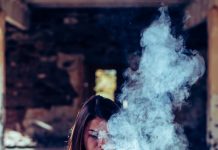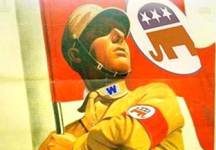A typical modern Thanksgiving Day for many Americans seems to be waking up late, watching part of the Macy’s Thanksgiving Day Parade on TV, and then either traveling to a Thanksgiving meal or prepping for a meal that others are attending. After a heavy multi-course meal the TV is on again, airing pro football and basketball games, while someone cleans up and someone else is on the computer, checking out sales for Black Friday.
Of course there are really many exceptions to this scenario. Many people are spending the holiday alone. Many are working, and not just those who work in essential services such as the police or fire department or hospital staff; think of all the store workers, athletes, parade performers and assistants, transit personnel, museum workers…and several other job categories. Then there are some people who spend part or all of their Thanksgiving Day in volunteer activities, at soup kitchens and other sites.
One of the more unusual and most rewarding ways to spend part of your Thanksgiving is visiting the National Museum of the American Indian, part of the Smithsonian group of museums. This institution, along with the Air and Space Museum, National Portrait Gallery, Natural History, and many others in Washington, DC are open on Thanksgiving Day, providing locals and tourists with meaningful pursuits. On Thanksgiving Day and the weekend following it, this Museum hosts ceremonies that are the culmination of National Native American Heritage Month. Various events are held that involve art, dance, music, singing, costume displays, speeches and tables showing crafts and organizations run by and serving the Native American community.
For the past three years my family and I have visited this museum for Native Heritage festivities. Disclosure: we are not native Americans, but are fascinated by the culture and history. Each year there are different features and it is a highly moving, educational experience for us, the other visitors and certainly for the First Nations participants. This year the Comanche Tribal group was featured, and a diverse group of Comanche participated in dancing, marching, Veterans ceremonies, singing and prayer. Young and old, female and male, wearing various costumes spanning styles very traditional, somewhat traditional and secular-modern, they came together to celebrate, communicate, educate. When they conducted a Veterans ceremony they invited any vets present to join in, and this inclusive activity was highly emotional for all present.
A particularly charming and hope-laden part of the ceremonies was a dance performed by a young boy and a middle-aged man, both dressed in highly elaborate, colorful traditional costumes. Accompanied by a trio of drummers and some vocalists, this performance showed that no matter what challenges this tribal group faces, they are imparting their culture to yet another generation. “Numunu Voices in the Wind” was the title for the multi-day festivities, and there was a photographic display of First Nations members with the frank title “We Never Gave Up.” Situated in this gorgeous museum building with lovely landscaped grounds, this is a wonderful way to spend some Thanksgiving time and will stay with you for a long time after the holiday is over.





